
Category: The Green Machine

Henry Johnson, MOH
This week I want to highlight the nine US Army installations that are being renamed this year. The latest was renamed just this week for the above pictured man. Fort Polk, Louisiana is now henceforth known as Fort Johnson, after Medal of Honor recipient William Henry “Black Death” Johnson of the legendary Harlem Hellfighters. We previously discussed the man here, and the Hellfighters we talked about here.
Only two more bases are scheduled to be renamed. Fort Gordon will be renamed Fort Eisenhower after former President, Army General of the Army, and Supreme Allied Commander Europe Dwight Eisenhower in October. Fort A.P. Hill will be renamed at an undetermined date to Fort Walker in honor of Mary Edwards Walker (the only female MoH recipient and a bad ass lady).
The six other facilities that have been renamed, and links to discussions we’ve had or outside articles if we haven’t gotten to them yet, are;
- Fort Barfoot was formerly Fort Pickett. Renamed on 24 March 2023, the base carries the name of Colonel Van T. Barfoot. Barfoot was a technical sergeant with the 45th Infantry Division in Italy during WWII when he earned the Medal of Honor. He had previously received the Silver Star. By the time the awards caught up with him in 1944 he’d received a battlefield commission.
- Fort Novosel, formerly Fort Rucker, is well known as the world’s largest rotary wing training base. On 10 April it was changed to honor CWO4 Michael Novosel. I discussed the amazing man he was at length in a previous Valor Friday.
- On 27 April, Fort Gregg-Adams was renamed from Fort Lee. Named now for Lt Gen Arthur Gregg (a mustang officer who was one of the first black men to achieve such high rank and now the only living person in modern times to have a Army facility named for them) and Lieutenant Colonel Charity Adams Earley (the first black WAAC officer, commander of the legendary 6888th Central Postal Directory Battalion during WWII, and the highest ranked black woman in WWII).
- Fort Hood was renamed Fort Cavazos on 9 May. General Richard Cavazos was a 33-year career officer. The first Hispanic to make four-star rank in the Army, he earned the DSC as a lieutenant in Korea and a second DSC in Vietnam as a lieutenant colonel.
- Fort Benning, Home of the Infantry, is now known as Fort Moore. It is named for Lieutenant General Hal Moore and his wife Julia. Hal Moore was a DSC recipient for leading 1st Battalion, 7th Cavalry in the first major ground action for American troops in Vietnam at the Battle of Ia Drang. I talked about him, albeit briefly, in my article about Joe Galloway.
- Fort Bragg was renamed Fort Liberty on 2 June.
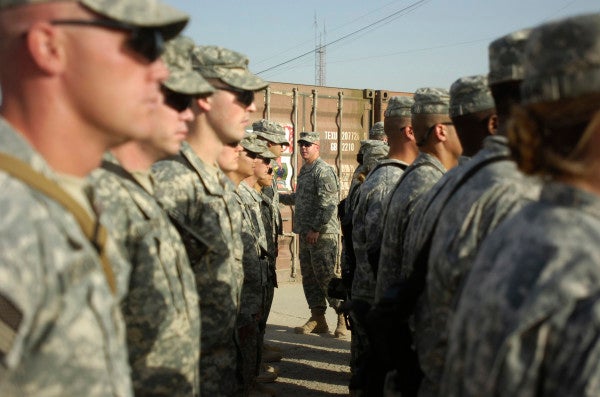
The job of first sergeant, or “top sergeant” as it was once called, is perhaps one of the most rewarding positions for enlisted personnel in the Army. The first sergeant is the arbiter for all enlisted-soldier matters within the company. He or she is the senior noncommissioned officer of the company, with considerable influence over the unit’s culture.
While this is very rewarding, it also means that the first sergeant has to deal with all disciplinary issues within the company. As such, first sergeants have to listen to some of the most outrageous lies ever to come out of the mouths of the junior enlisted. From my own experience and in talking with first sergeants, here are some the “greatest hits” of lies told to the first sergeant.
1. “No, I didn’t smoke the weed, I was just in the room when some people happened to be walking by smoking it.” Sure, the poor soldier somehow managed to get those people to walk by 20 times so that he could get that level of THC in his blood.
2. “My mustache is outside the regulations as prescribed by Army Regulation 670-1? I didn’t know there was a regulation for mustaches.” That soldier probably also doesn’t know there’s a regulation that stipulates the amount of Axe body spray he is using now classifies him as a chemical weapon.
3. “Her? In my room during health and welfare? I don’t know where she came from.” Nor does this soldier know why he has a package of condoms in his hand.
4. “The doc says I am pregnant? But that can’t be, I’m a virgin!” Our battalion physician literally witnessed this conversation.
5. “Um, I’m not wearing my eye protection because my dog ate them.” Troops are great at losing things. Not so great at the explanations under pressure.
6. “So you see, first sergeant, I got a DUI because the cop doesn’t like troops.” Bad answer, because Top’s dad was probably a cop.
7. “First sergeant, I was late to formation because of ice in the road. Yes, I know it’s July.” The mouth moves faster than the brain, in some cases.
8. “The commander is gone, so I’m in charge.” The executive officer is so cute to think that.
9. “No first sergeant, I wasn’t sleeping, I was meditating.” See also under, “I wasn’t sleeping, I was pulling security.”
10. “Yes, we are all sober.” Usually stated during morning physical training. The results of a good three-mile run are enough to show the lie.
“I consider it to be the duty of anyone who sees a flaw in the plan not to hesitate to say so. I have no sympathy with anyone who will not brook criticism. We are here to get the best possible results & you must make a really cooperative effort.” Eisenhower before D-Day.
You have to be kidding,right !?! (Note to self maybe its time to move to Israel?)
Back gate auto dealers anticipate used Dodge Charger demand increase

Receiving should be fun
STRIP MALLS IN BAD PARTS OF TOWN, U.S.A. — The sounds of champagne bottles popping echoed through recruitment centers over the weekend as recruiters celebrated the news that the Supreme Court blocked President Joe Biden’s attempts to cancel college loans.
“Man, what a huge relief it is for us, the nation’s military recruiters, to know that people who took on crippling predatory loans in search of making better lives through education for themselves and their offspring may still have to turn to us for relief,” said Army Master Sergeant Kim Babcock.
On a 6-3 vote along ideological lines, the Supreme Court ruled that the Executive Branch had no standing to cancel the debt of 40 million borrowers.
“The good news is that we now have a list of 40 million Americans who thought for a few years that they wouldn’t have these massive, interest-bearing debts to pay off. Jackpot!” shouted Air Force Tech Sergeant James Tchaikovsky.

Suicides in the active-duty military increased in the first three months of 2023 compared to the same time last year, according to a newly released Pentagon report. The Defense Suicide Prevention Office revealed in its quarterly report that the overall number of active-duty suicides — 94 — from January through March was up 25% compared to the number of troops — 75 — who took their own lives in the first three months of 2022. (Joshua J. Seybert/U.S. Air Force)
WASHINGTON — Suicides in the active-duty military increased in the first three months of 2023 compared to the same time last year, according to a newly released Pentagon report.
The Defense Suicide Prevention Office revealed in its quarterly report that the overall number of active-duty suicides — 94 — from January through March was up 25% compared to the number of troops — 75 — who took their own lives in the first three months of 2022.
“Every death by suicide is a tragedy,” according to the report. “Data includes all known or suspected suicides (both confirmed and pending) as of March 31, 2023.”
The Army had the greatest increase in suicide deaths, from 37 to 49. The Marine Corps increased from eight to 14. The Air Force had one additional suicide compared to 2022 and there was no change for the Navy or Space Force, the Defense Department report states.
The 94 active-duty suicides are the most that the military has seen since 97 were reported in the second quarter of 2021. Among reserve troops and the National Guard, the report said suicide figures did not change between the first quarter of 2022 and the same period this year.
Pentagon data have shown a rise in military suicides in the past decade, including a significant spike in 2020 during the coronavirus pandemic, and the Defense Department has spent millions of dollars on efforts to try to prevent them.
In May, the department enacted the long-awaited Brandon Act to let troops seek mental health services confidentially and any time that they need it. It’s named after Navy Petty Officer 3rd Class Brandon Caserta, who committed suicide in 2018. According to Defense Department data, there were almost 29 suicides per 100,000 troops in 2020 — up from 17.5 per 100,000 in 2010. That figure fell to 24.3 per 100,000 in 2021, but it still represented a serious uptick in suicides compared to most of the 2000s and 2010s.
“There is still a gradual increasing trend for suicide in the military over a 10-year period, and we need to see a sustained long-term reduction in suicide rates to know if we’re really making progress,” Beth Foster, executive director of the Pentagon’s Force Resiliency Office, said when the 2021 Annual Report on Suicide in the Military came out in the fall.
The Defense Suicide Prevention Office was created by a Pentagon task force in 2011 to find more effective suicide prevention methods. Earlier this year, the Pentagon’s Suicide Prevention and Response Independent Review Committee, after studying the problem for a year, made several recommendations, including restricting troops’ access to firearms, imposing waiting periods for gun and ammunition purchases and raising the minimum age for buying both to 25. Firearms are used in about two-thirds of all active-duty military suicides, according to the Defense Department. The Pentagon is reviewing the recommendations.
The second quarter ended June 30 and the Defense Suicide Prevention Office traditionally doesn’t issue an updated suicide report covering that period until October. The Pentagon’s comprehensive yearly study on military suicides also is typically released in October. This year’s will analyze 2022.
“The numbers presented in this report are preliminary and subject to change as previously unknown suicide cases are reported and some known cases are further investigated,” the four-page report states. “Caution should be used when making comparisons across groups and/or interpreting changes in suicide counts across time.”
In addition to Pentagon-wide programs, each of the military services has its own suicide program designed to provide help for troubled troops. Further, the national suicide prevention hotline was streamlined last year and became available by dialing 988. Pressing “1” after calling the number takes callers to the Veterans Crisis Line. Service members and veterans can also text 838255 or visit VeteransCrisisLine.net for help.
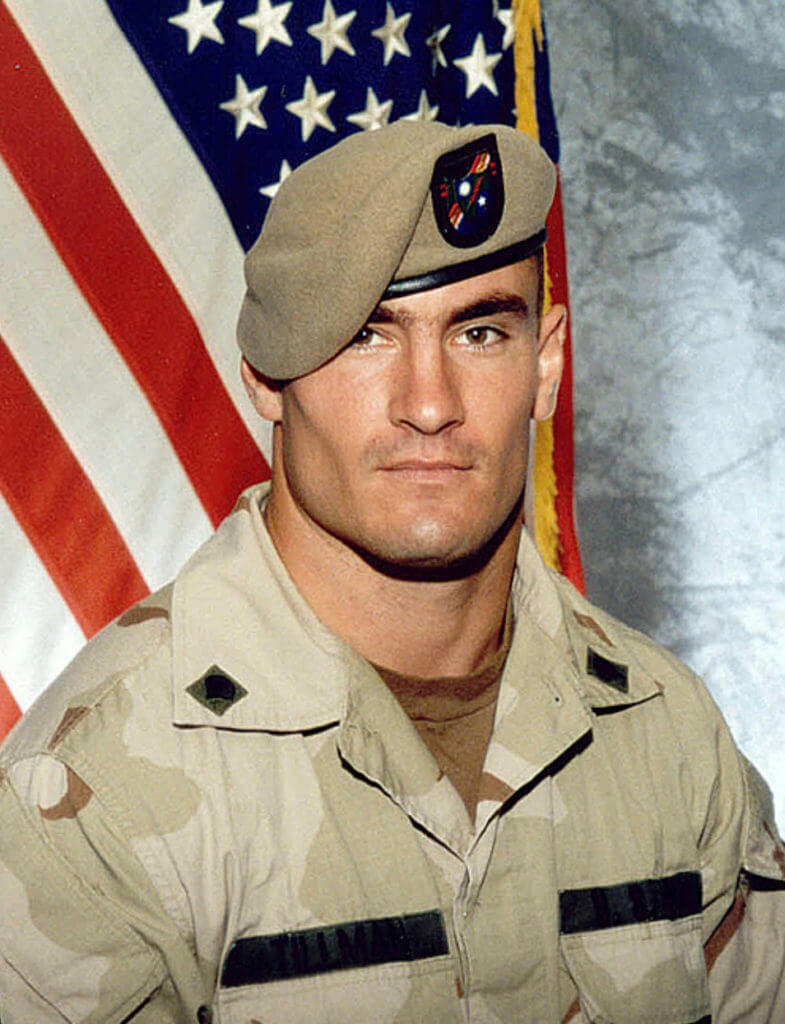
Politicians refer to themselves as public servants. Swamp creatures like Joe Biden will extol their many decades of employment in Washington DC as though they had been some kind of galley slave toiling away on an Athenian man o’ war. I have actually met a couple of those guys. Their idea of selfless service does not quite match my own.

American legislators spend money like drunken sailors. Actually, that’s not true. Drunken sailors couldn’t even begin to burn cash in as profligate a manner as might your typical freshman congressman. They’ve raised wasting money to an art form.

You think I’m kidding. Back when I was a soldier I spent a week as a local liaison officer for a group of congressmen on a fact-finding mission after the First Gulf War. It was amazing just watching them eat. They’d go to the nicest restaurant in town and order one of anything they might be curious about. Then they swapped plates around so everybody got a taste. One of my several duties was to scurry back and forth to the Officers’ Club cashing $500 government traveler’s checks to pay for it all. It was surreal.
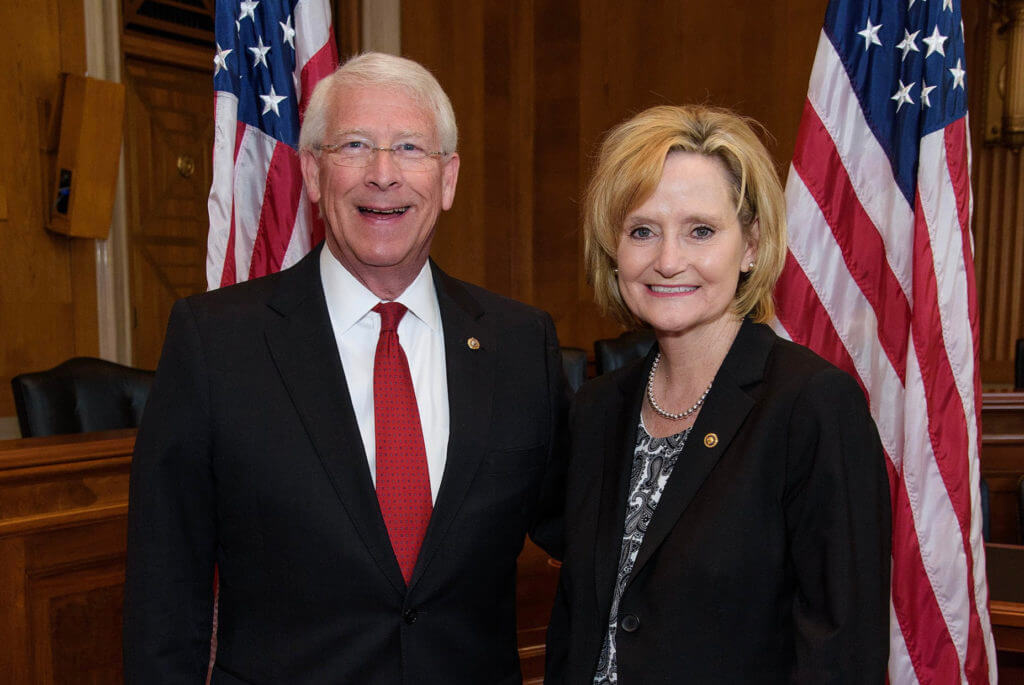
Everybody in DC has sold their soul to somebody. I’ll champion the folks on my side of the aisle in the vain hope that they might someday just leave me the heck alone, but they are all irredeemably corrupt. The system perpetuates itself. It will never get better.
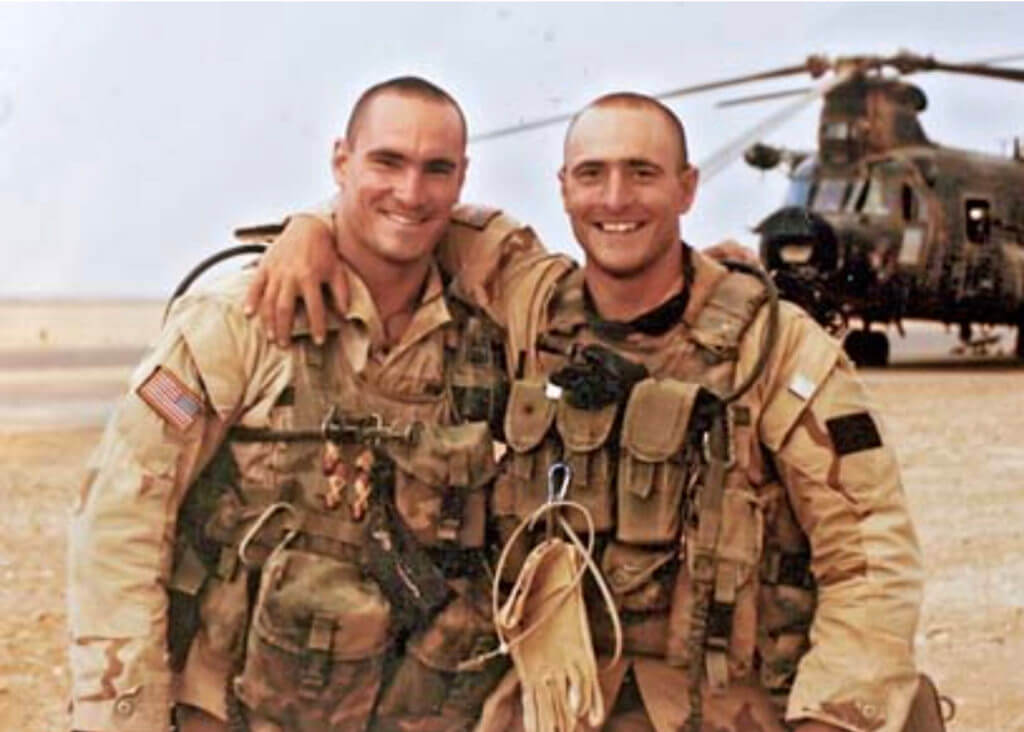
On May 31, 2002, Pat Tillman and his brother Kevin walked into a local recruiting office and enlisted in the US Army. Pat walked away from a $3.6 million professional football contract and Lord knows what else so he could serve his country in the immediate aftermath of 911. Pat Tillman’s story is that of a conflicted man and a horribly flawed system. However, his is a tale of epic sacrifice and genuine selfless service.
Origin Story

Pat Tillman was the eldest of three sons born to Patrick and Mary Tillman in Fremont, California. By NFL standards, Tillman was not a terribly big man. He stood 5’11” and weighed 202 pounds when dressed out as a safety for the Arizona Cardinals. Pat personified the axiom, “It’s not the size of the dog in the fight, it’s the size of the fight in the dog.”
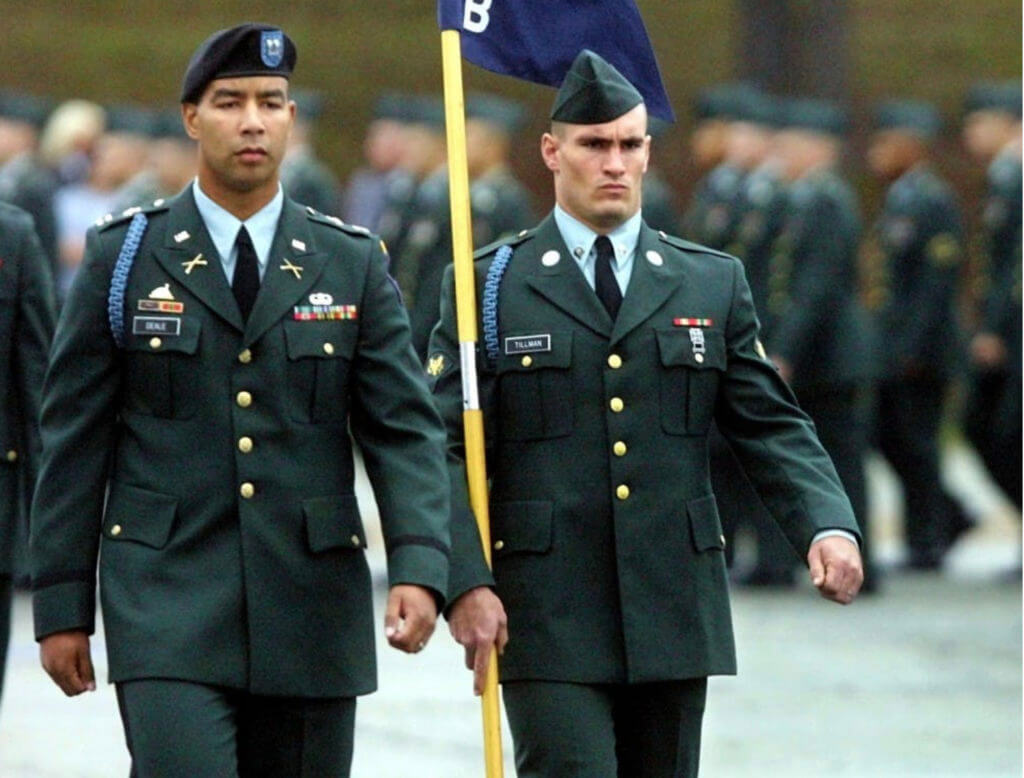
In high school Tillman preferred baseball, but he failed to make the team as a freshman. At that point, he turned his attention to the gridiron. Throughout his childhood and adolescence, Pat was powerfully close to his friends and family. He married his childhood sweetheart just before he enlisted in the Army. He and his brother Kevin enlisted together, trained together, and were eventually both assigned to the 2d Ranger Battalion based at Fort Lewis, Washington.

Pat Tillman attended Arizona State University on a football scholarship and excelled as a linebacker. An exceptionally deep young man, Tillman was well read and made good grades. He maintained a 3.85 GPA in marketing and graduated in 3.5 years despite the rigors of starting on his college football team.

Pat thrived in the NFL. Sports Illustrated writer Paul Zimmerman named Tillman to the 2000 NFL All-Pro team based upon his stellar performance as a defensive player. He turned down a $9 million offer to move to the St. Louis Rams out of loyalty to his Arizona team.

Eight months after the 911 attacks and with the remainder of his 15 games completed from his 2001 contract, Pat Tillman left $3.6 million on the table to go to Army basic training alongside his brother. Pat’s brother Kevin gave up a burgeoning career in minor league baseball for the same path. These two men put their love of country ahead of the sorts of things the rest of us would just about kill for.

Appreciate the details here. I’m a happily married hetero man, and even I admit that Pat Tillman was an exceptionally good-looking guy. Intelligent, articulate, and well-educated, Tillman had the world by the tail. Once his time in the NFL was complete Pat Tillman could have easily parlayed his gifts and experiences into a career on television or in Hollywood. Instead, he opted for the Ranger Regiment.
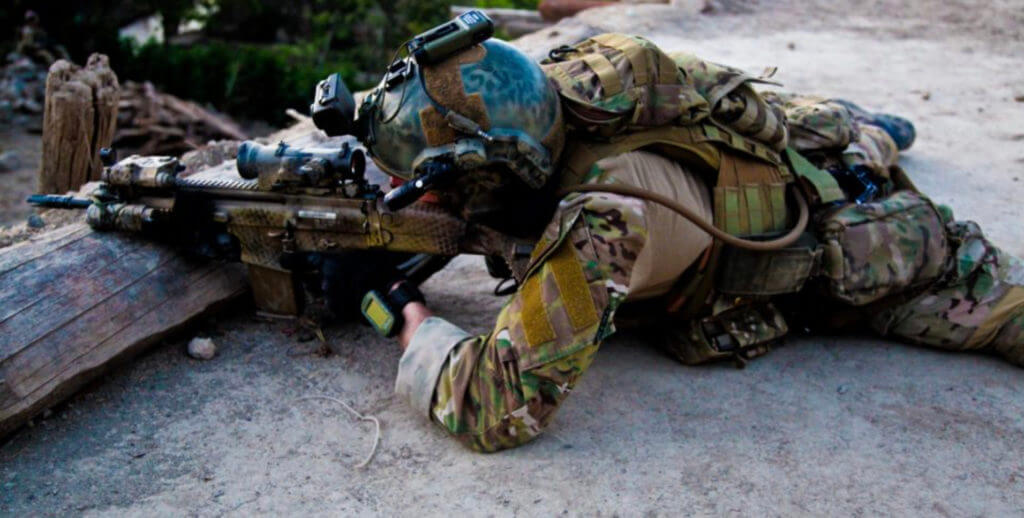
I was an Army aviator, but I worked with those guys on occasion. Theirs was an absolutely miserable life. Junior enlisted soldiers don’t get paid beans, and the optempo in the Ranger Battalions is utterly grueling. In less than two years on active duty, Pat Tillman completed basic training and AIT as well as the Ranger Assessment and Selection Program. He was deployed to Iraq as part of Operation Iraqi Freedom in September of 2003 after which he attended Ranger School at Fort Benning. Once a fully tabbed Ranger, he returned to Second Bat at Lewis and deployed to Afghanistan where he was based at FOB Salerno.
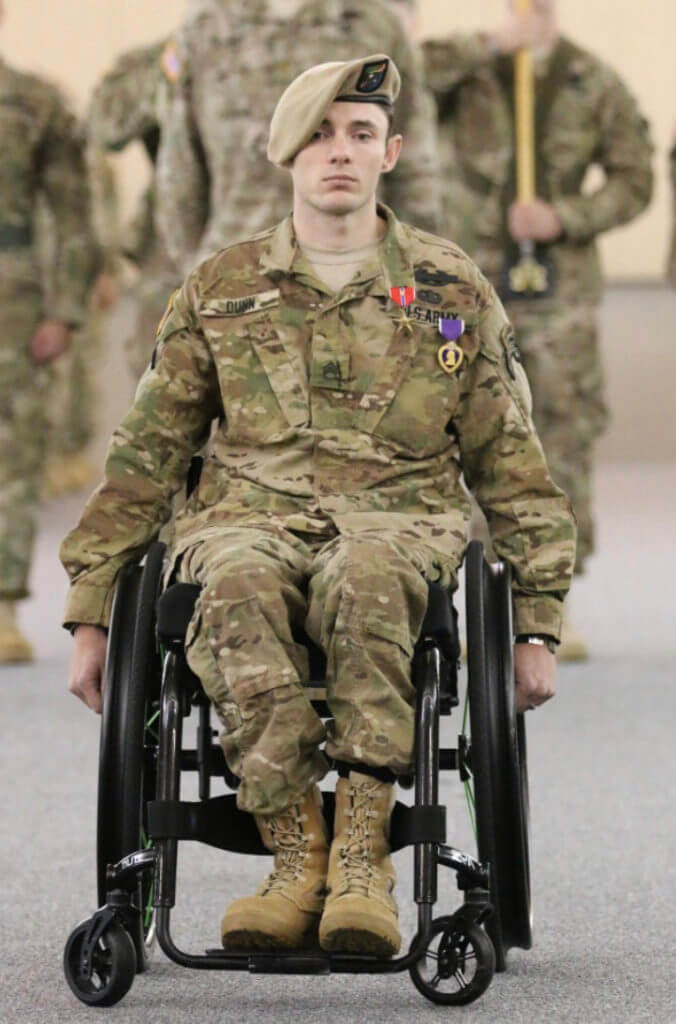
Up until this point, Pat Tillman was the US Army’s poster child. An American superhero with a face right out of central casting, Tillman’s story could not have been any more compelling had it been drafted by an action novelist. Then Something Truly Horrible happened.
The Incident
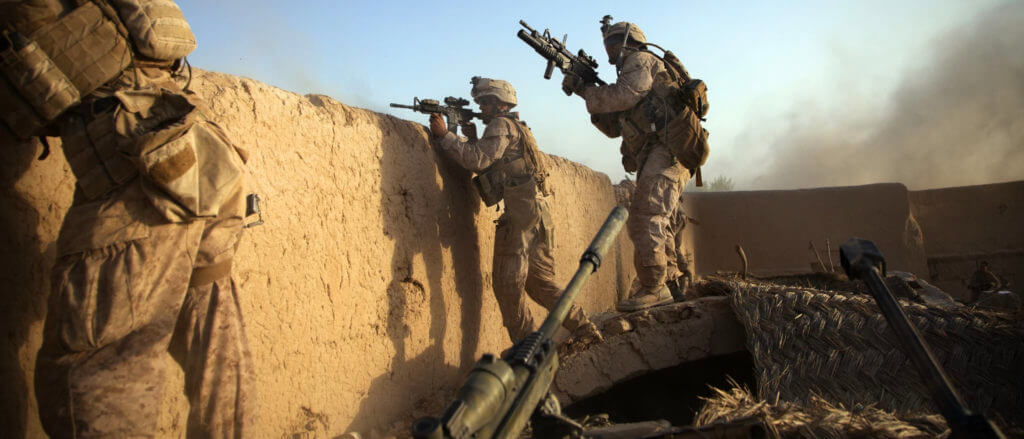
Combat is an ugly, filthy, chaotic thing. It is seldom as tidy or predictable as the movies and sand table exercises depict it to be. On April 22, 2004, the fog of war claimed a genuine American hero.
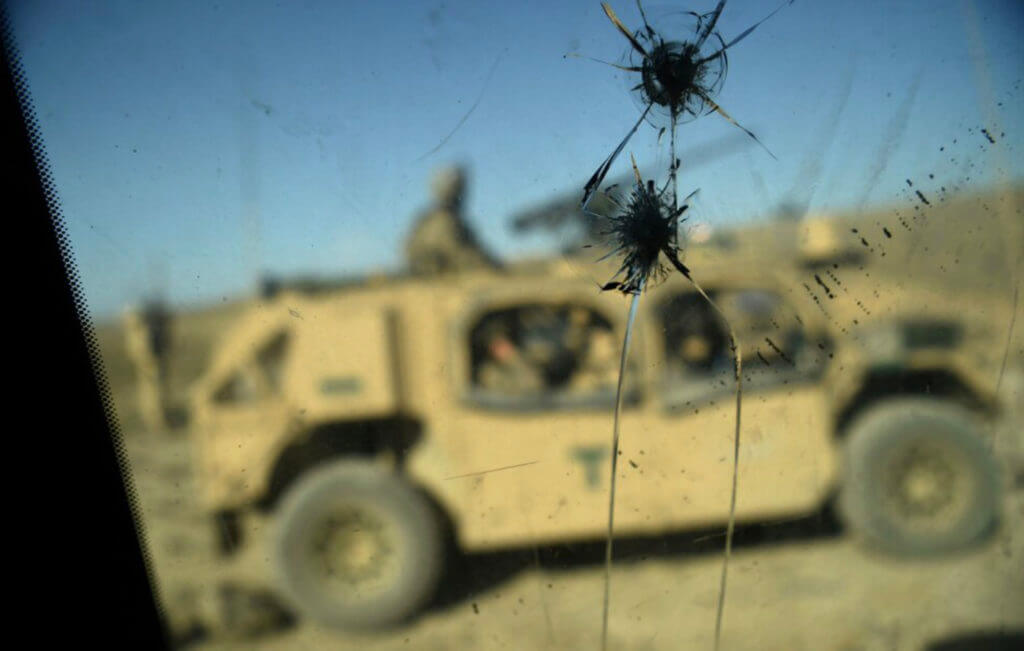
On a forgotten road leading from the Afghan village of Sperah about 40 klicks outside of Khost, Pat Tillman’s small HUMVEE-mounted patrol ran into trouble. Their mission that day was to retrieve a disabled HUMVEE. This tale is made all the more tragic in that we abandoned tens of thousands of these vehicles when we fled Afghanistan recently. The details are fiercely debated to this day, but here is the official description.
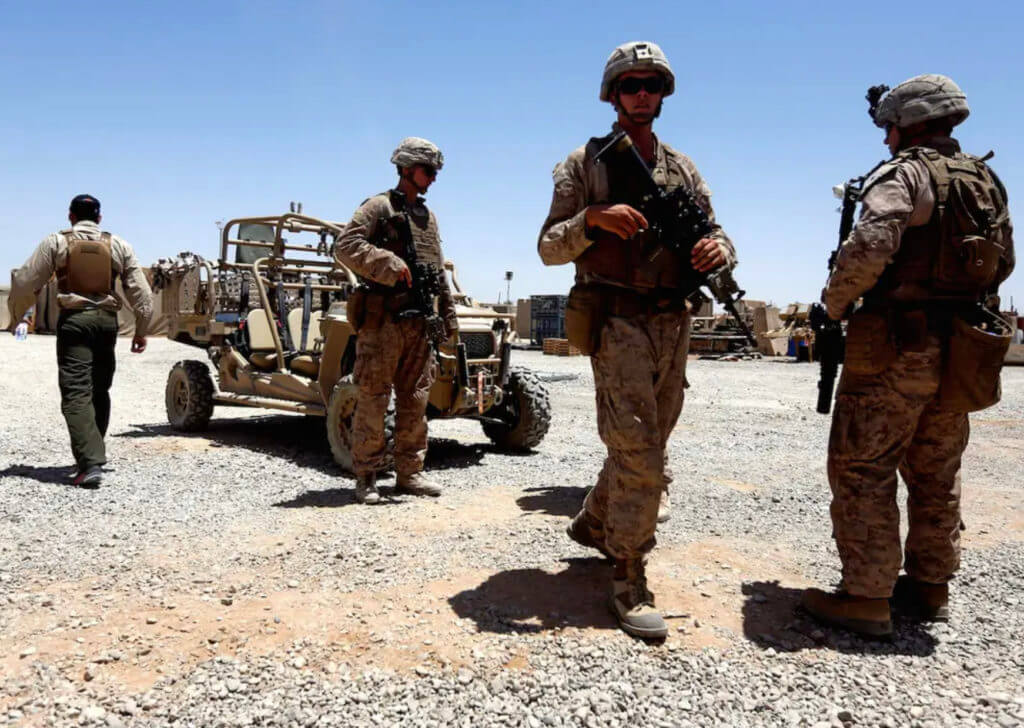
Tillman was in the lead vehicle designated Serial 1. Serial 1 passed through a mountainous pass and was roughly one kilometer ahead of Serial 2, the following HUMVEE. At that point, Serial 2 was purportedly engaged by hostile forces.
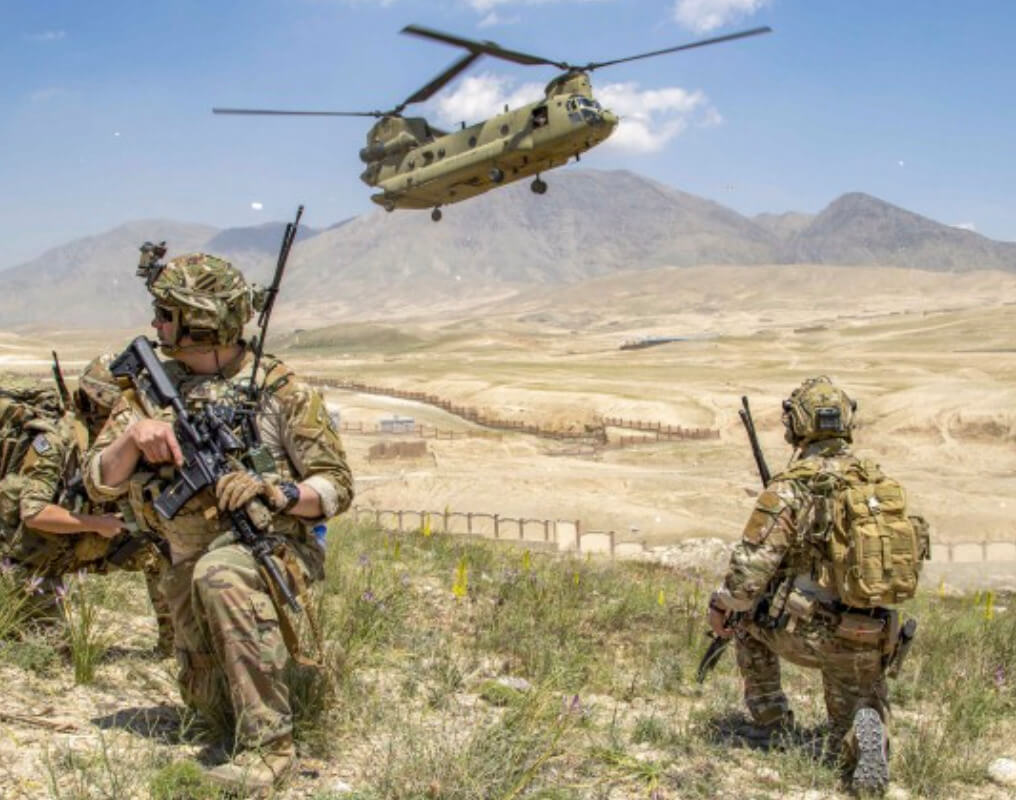
Upon hearing of the ambush, the Rangers in Serial 1 dismounted and made their way on foot back toward an overwatch position where they could provide supporting fires for Serial 2. In the resulting chaos, the Rangers of Serial 2 lost touch with the specific location of the lead Rangers. In the violent exchange of fire that followed Tillman’s Platoon Leader and his RTO (Radio Telephone Operator) were wounded. An allied member of the Afghan Militia Force was killed. Pat Tillman caught three 5.56mm rounds from an M249 SAW to the face from a range of 10 meters and died instantly.
The Weapon
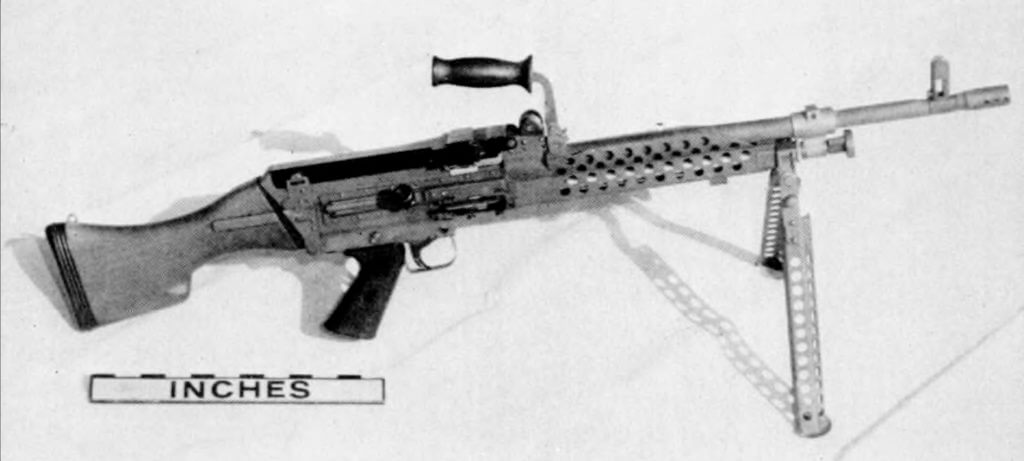
First introduced in 1984, the Belgian-designed M249 Squad Automatic Weapon was an Americanized version of the FN Minimi. An open-bolt, gas-operated design, the M249 was conceived to provide the Infantry squad with a portable source of high-volume, belt-fed automatic fire. The M249 has seen action in every major military engagement since the US invasion of Panama in 1989.

The M249 weighs 17 pounds empty and 22 pounds with a basic load of 200 linked rounds. The weapon fires from an open bolt and features a quick-change barrel system. The gun will feed on either disintegrating linked belts or standard STANAG M4 magazines. In my experience, the magazine feed system was never terribly reliable.
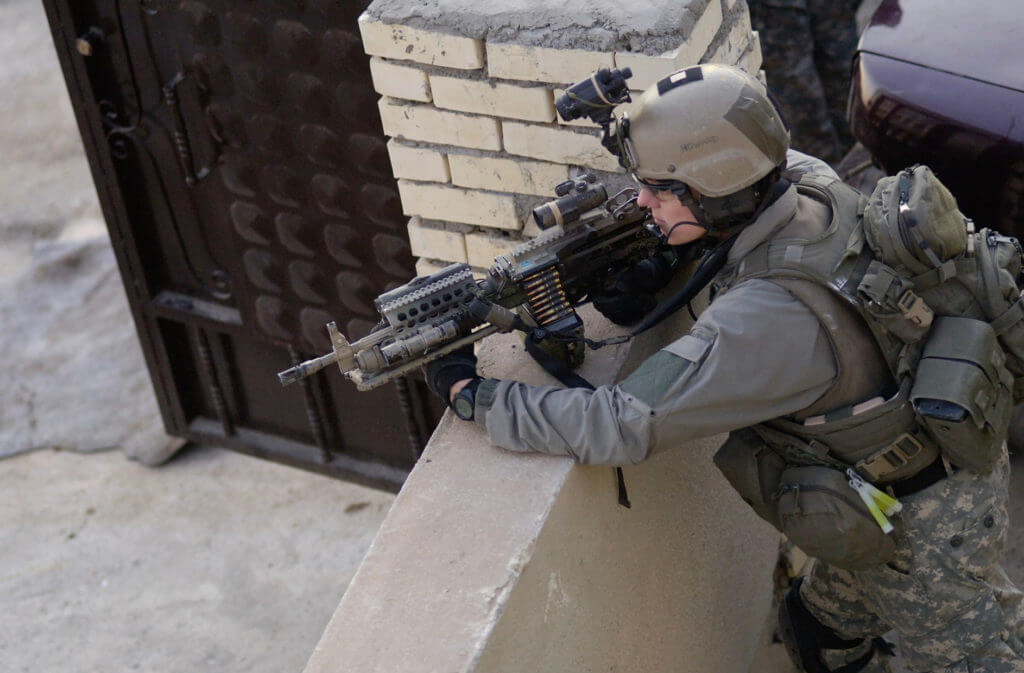
USSOCOM adopted a lighter, more streamlined version of the M249 titled the Mk46 for use with special operations forces. The M4 magazine well, vehicle mounting lugs, and barrel change handle were all removed on the Mk 46 to save weight. The USMC has aggressively supplemented their rifle squads with the HK M27 Infantry Automatic Rifle in lieu of many of their SAWs. These weapons are currently issued at a ratio of 27 IARs and 6 SAWs per rifle company. The Next Generation Squad Weapon-Automatic Rifle program is tasked with finding a suitable replacement for the aging M249’s in the Army inventory.
The Rest of the Story
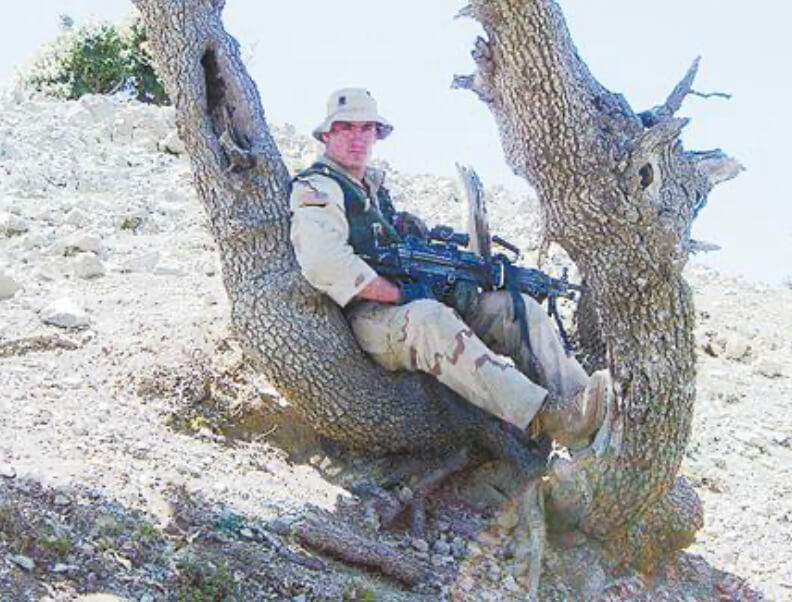
What happened next was a blight on the US Army. To have Pat Tillman, the real live Captain America killed due to friendly fire in a botched combat operation was not the story the Army wanted pushed. As a result, several senior Army officers moved to massage the narrative and outright suppress the story to both the media and the Tillman family. The end result was an absolutely ghastly mess.
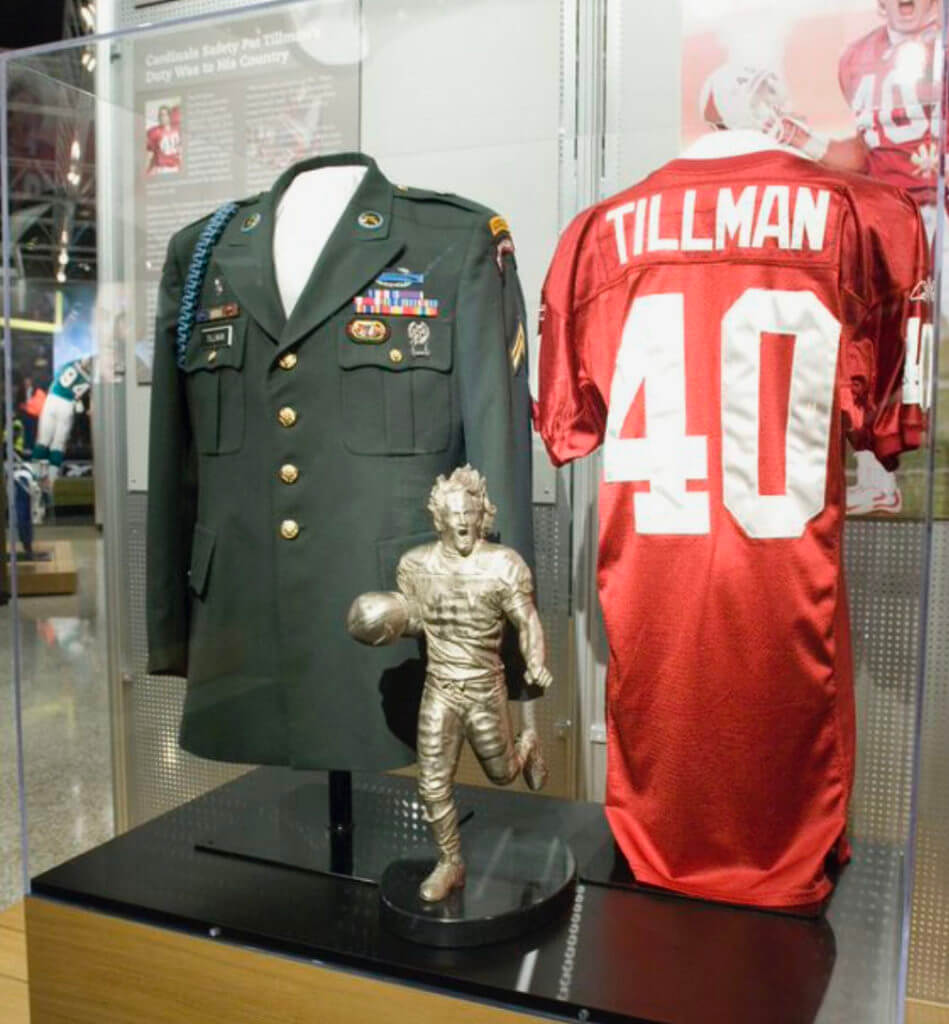
There were allegations that Tillman, by now disillusioned with the war in Iraq, was about to offer an interview with controversial activist Noam Chomsky upon his return from his Afghanistan deployment that would be critical of the Bush Administration.
As Tillman’s death occurred in a crucial time leading up to the 2004 Presidential elections conspiracy theorists even proposed that he had been intentionally murdered. However, interviews with his fellow Rangers verified that Tillman was a popular and selfless member of the team. In the final analysis, it all seems to have been a truly horrible mistake. After several investigations undertaken by the military, three mid-level Army leaders purportedly received administrative punishment as a result.
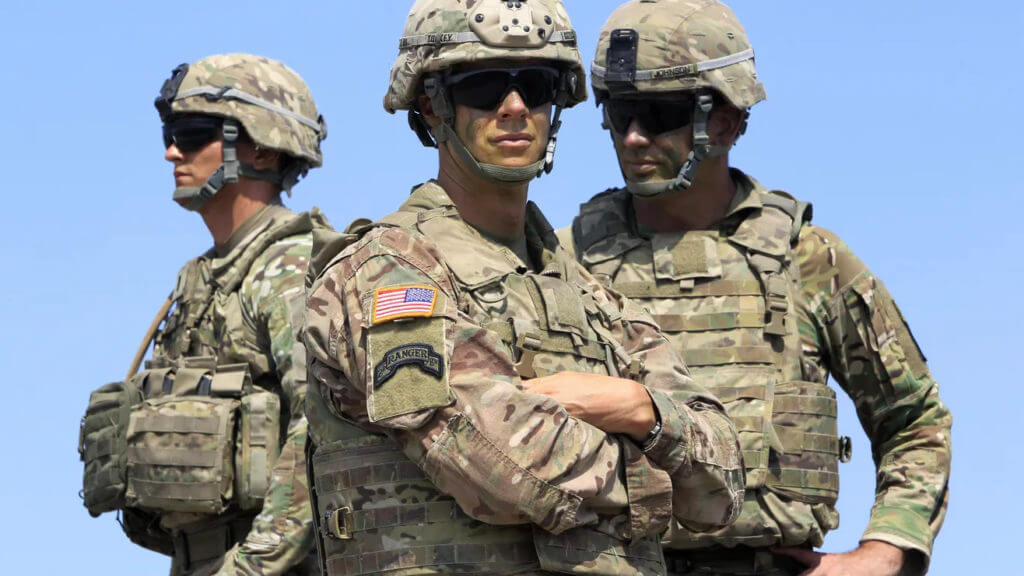
A word on the conspiracies. Soldiers don’t fight for mom, apple pie, and America. They fight for each other. There’s just no way you could get a Ranger to intentionally shoot another Ranger to protect the reputation of a sitting President. This was simply a horrible accident.

The sordid circumstances surrounding the death of Pat Tillman in no way diminish the truly breathtaking scope of the man’s patriotism and sacrifice. Tillman was an avowed atheist throughout his life. After his funeral, his youngest brother Richard asserted, “Just make no mistake, he’d want me to say this: He’s not with God, he’s f&%ing dead, he’s not religious.” Richard added, “Thanks for your thoughts, but he’s f&%in’ dead.” It was an undeniably strange end for a genuine American hero.

Soldiers in combat will often pen a “just in case” letter to be opened in the event of their death. Pat’s note to his wife Marie said, “Through the years I’ve asked a great deal of you, therefore it should surprise you little that I have another favor to ask. I ask that you live.”

And live she did. Marie Tillman today is Chairman and Co-Founder of The Pat Tillman Foundation. This non-profit works to “unite and empower remarkable military service members, veterans, and spouses as the next generation of public and private sector leaders committed to service beyond self.” The Foundation has sponsored 635 Tillman Scholars and invested some $18 million in philanthropy. Marie has since remarried and is the mother of five children.

